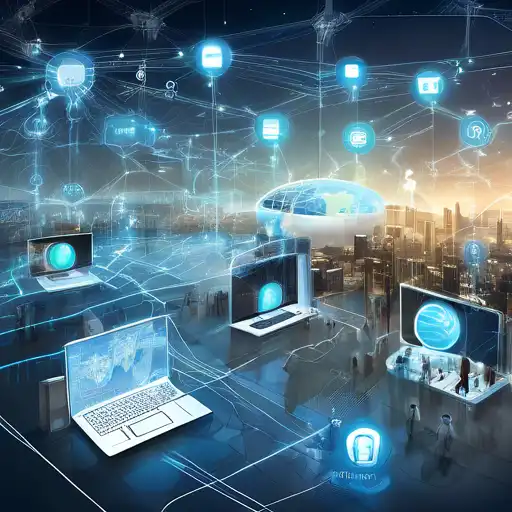The Internet of Things: Revolutionizing Global Connectivity
The Internet of Things (IoT) represents a transformative phase in the digital era, where everyday objects are connected to the internet, allowing them to send and receive data. This innovation is not just changing how we interact with technology but is also reshaping industries, economies, and societies at large.
Understanding the Internet of Things
At its core, IoT is about connecting devices over the internet, enabling them to talk to us, to applications, and to each other. A simple example is a smart thermostat that learns your heating preferences and adjusts the temperature accordingly, saving energy and reducing bills.
The Impact of IoT on Industries
From healthcare to agriculture, IoT is making significant strides. In healthcare, wearable devices monitor patients' vital signs in real-time, providing data that can predict health issues before they become critical. In agriculture, IoT devices can monitor soil moisture levels and optimize water usage, significantly increasing crop yields.
Challenges and Opportunities
Despite its potential, IoT faces challenges such as security concerns and the need for standardized protocols. However, the opportunities it presents, like smart cities that reduce traffic congestion and pollution, far outweigh these challenges.
Future Prospects
The future of IoT is boundless, with advancements in AI and machine learning further enhancing its capabilities. Imagine a world where your refrigerator orders milk before you run out, or your car schedules its own maintenance. This is not the future; it's happening now.
For more insights into how technology is shaping our future, explore our technology trends section.
Conclusion
The Internet of Things is more than just a technological trend; it's a revolution that's connecting the world in ways we never thought possible. By embracing IoT, we're stepping into a future where everything is interconnected, making our lives easier, safer, and more efficient.
